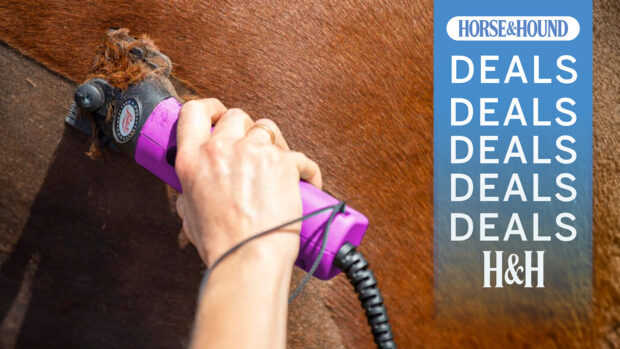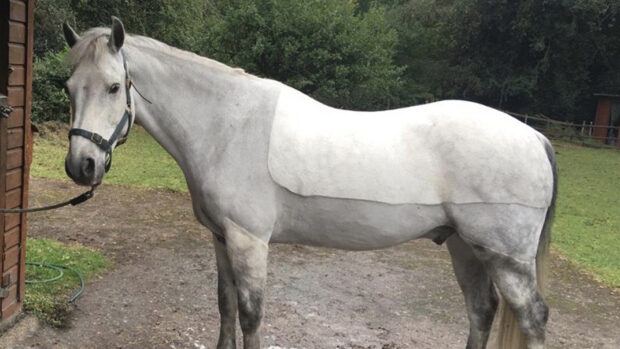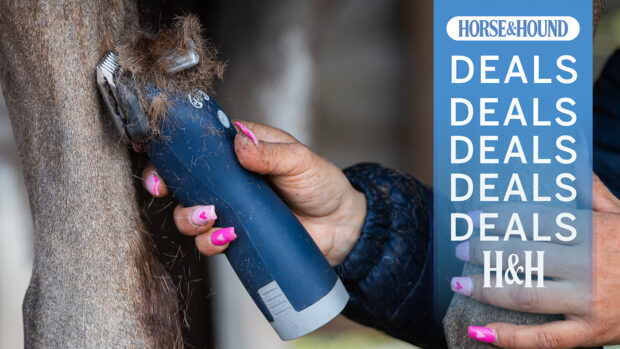Q: I own a four-year-old part-bred Arab mare who was turned out for the entire summer and is now out all day and in at night. I’d like to show her in the spring so I need to start working her in the next few weeks to get her fit.
To stop her getting hot and sweaty, I would like to clip her.
However, she’s never been clipped before and has a nervous disposition. I want to make her first experience of being clipped as easy and stress-free as possible – can you give me any tips on how to go about it?
A Horses react in very different ways to being clipped, but most tend to accept it without too much fuss.
The occasional few, though, do seem to find the whole experience very stressful, but even the more nervousor difficult horses will usually settle and relax as their confidence grows, provided they’re handled quietly and sensitively.
Here are a few pointers:
- Choose a mild, dry day on which to clip your horse for the first time.
- Before you begin, tie her up in the area where she is to be clipped and allow her a brief time to settle.
- Your mare may benefit from being tied up near a reliable horse while he’s being clipped, to enable her to become accustomedto the general sights and sounds of clipping. Many horses find it comforting to have a companion in view.
- A haynet will help occupy your horse while you’re clipping and prevent her from becoming restless. Make sure it’s tied securely and high enough to be out of harm’s way.
- Be confident when using clippers and make sure you can use them correctly and efficiently. If you are apprehensive, your horse will soon sense this and react accordingly. If in doubt ask an experienced person to do the first clip for you.
- Allow plenty of time as rushing to finish the clip will only add to the tension.
- Have a well-briefed, second person at hand who can help you by holding up a leg to prevent the horse moving around or kicking out, and who can reassure your horse when you¨re clipping sensitive areas.
- It’s often a good idea to work your horse, and if possible allow her a few hours in the field prior to being clipped, as a fresh horseis always more fidgety and unsettled.
- Choose a clip that can be done fairly quickly with minimum fuss, (such as a tracer or blanket clip) so the whole procedure does not take longer than absolutely necessary. She’s much more likely to become bored and fretful if she’s expected to stand for a long time.
When introducing clippers to your horse for the first time, run them for a few minutes a short distance away from her so that she can get used to the noise of the motor.
Then turn the clippers off and run them over her shoulder, reassuring her all the time. When she seems relaxed, turn the clippers on again.
The horse’s shoulder is usually a good area to begin clipping as this is a relatively large,flat area and puts you in the safest position to avoid harm should your horse react badly.
Many horses tense briefly when they feel the clipper blades on their skin for the first time. While clipping remember to stop frequently to clean and oil your blades in order to prevent them from becoming hot or clogged.
If you do find your horse is very difficult to clip, speak to your vet about the possibility of a mild sedative; in extreme cases this is a safer and less stressful option for both of you.



